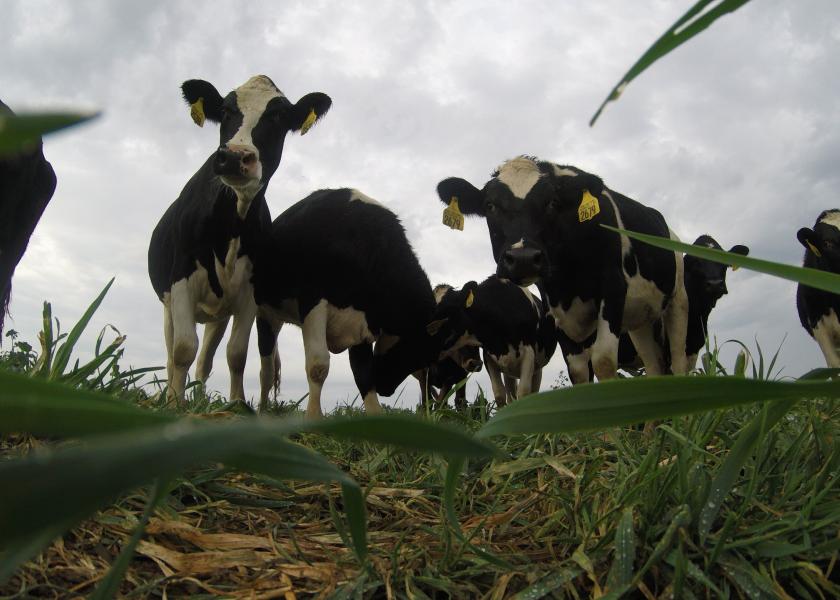Jared Wareham: The Rapidly Evolving Beef-On-Dairy Segment

Our industry, like all others, is rarely stifled and free from the constant forces of change. Most are hardly felt and tend to pass unnoticed. Occasionally, conditions exist for conceivable game-changing evolutions to be championed. The rapidly evolving beef-on-dairy segment has an opportunity to be the next major example our industry experiences.
Supply chain development has long been an important component within most infrastructures developed for merchandising goods. The beef industry is migrating that direction faster than most think. The dairy industry represents the potential conduit for beef supplies to migrate that much faster. The innate qualities that already exist with dairies and calf ranches, will only enhance further development with these siloed infrastructures.
Dairy females are so tightly bred that consistency and predictability within beef-sired feeder groups will be substantially greater than those in the average beef herd. In addition to the ability to integrate swift genetic change, dairies offer an infrastructure that can facilitate traceability, as well as entire bundles of cattle programing seamlessly. More often than not, this type of logistical “value-add” presents a much greater challenge for the average commercial beef ranch due to a variety of reasons.
The resulting feeder cattle populations can be fairly profitable with a much larger percentage finding its way into high-end retail and food service channels than you realize. Efforts, years in the making, are yielding refined lists of specific beef sires that ideally match Holstein performance and carcass deficiencies. This factor, however, presents the one glaring issue within the beef on dairy segment.
The difference in value between genetically superior beef-sired dairy feeders from those spawned by inferior beef bulls is substantial. The difference is so drastic that poor-quality, beef-sired dairy steers are often more costly to feed and harvest than straight-bred Holsteins. With the well-documented current economic struggles in the dairy segment, the opportunities abound to cut corners to simply make any old solid colored Angus-sired calf as cheaply as one can. Look for fail-safe measures to counteract these “dirty Holsteins” to hastily gain steam.
Finally, as male sexed semen technology advances, its ability to consistently deliver populations of steer calves will only enhance the impact these ready-made supply chains can have. Increasing steer populations by 15% to 20% over the less valuable heifers will most likely be a reality sooner rather than later. Inserting this type of advantage into vertically integrated supply systems will further enhance their industrial and economic efficiencies.
Once firmly established and regulated for counterfeit genetics, beef-on-dairy supply chains could put tremendous pressure on both commodity and premium beef channels. I have heard estimates that as many as 1.5 million head of additional beef sired dairy feeders are expected to be born in the next 18 to 20 months. This might very well be the first opportunity our industry has seen for real large-scale supply chains to be cultivated. When the potential exists for change of this size and scope to occur, it deserves our collective attention.







